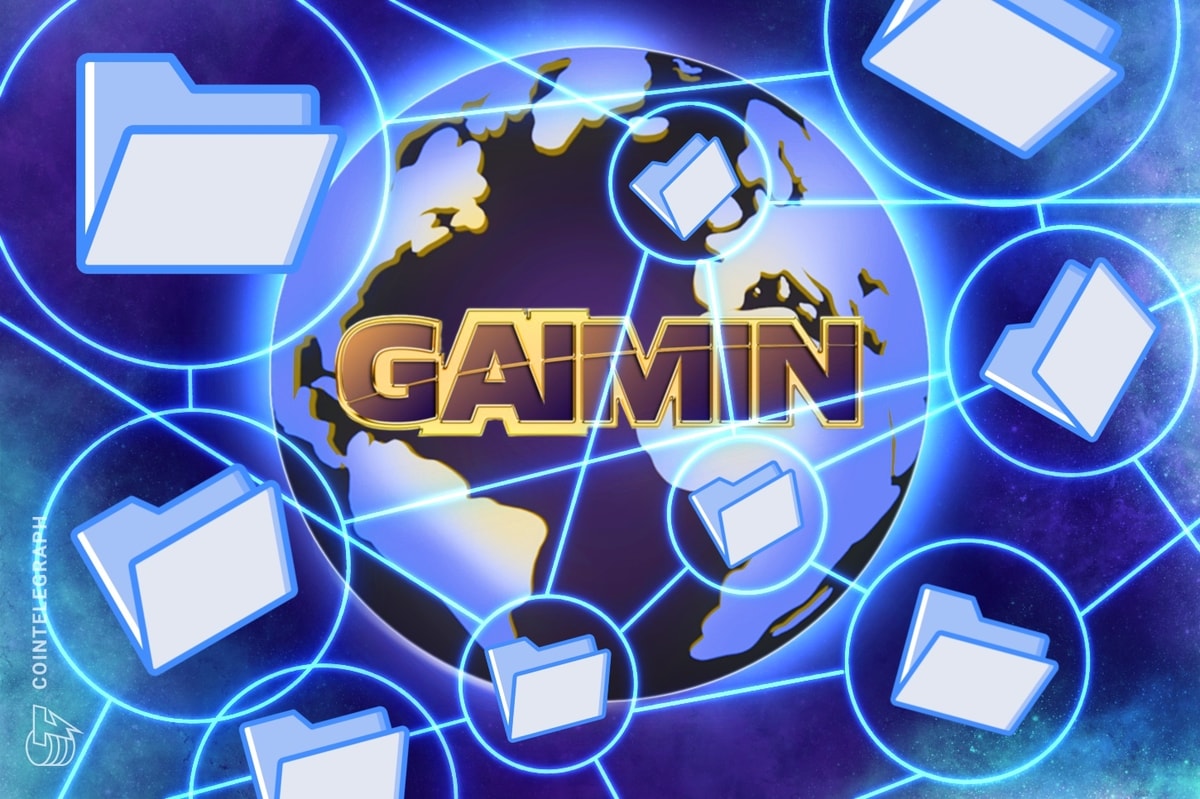Despite the massive growth the NFT market has seen, the everyday European consumer (and much of the mainstream press that informs these opinions) is still skeptical about the benefits of NFT ownership. When we look at sports fans specifically, we see the same pattern; a result of failed releases by football clubs which can, for the most part, be chalked up to a lack of fan education.
Mainstream media has, more often than not, taken aim at NFTs, dubbing them a scam and labeling them as an unreliable and pointless trend. Readers are exposed to stories about celebrities buying ‘Apes’ for millions of dollars and footballers being slammed for promoting doomed NFT drops.
A YouGov survey conducted earlier this year saw 43% of people say they would view a company less favorably if they were to offer NFTs as a product, a grim reality for clubs looking to sell these exact products to their fans. There is clearly work to be done when it comes to rebranding and repositioning NFTs as what they really can be — if done right. We need investable, usable products, especially in the sports industry, that everyday fans can feel safe buying into.
And this is why NFTs need a rebrand. To the masses, NFTs are simply those pictures of cartoon monkeys. These are called profile picture NFTs (PFP NFTs) that exist as cool pieces of art. And that’s fine, but NFTs with utility need a new name — perhaps it’s just ‘digital assets’? They’re digital, and they can act as assets that open up numerous further benefits once you have one in your possession.
The world of soccer has cottoned on to the potential of NFTs over the past year or so. Some of Europe’s biggest clubs have launched their own series of digital collectibles for fans to buy — although, with some struggles.
One of the biggest problems we are seeing when it comes to football clubs selling NFTs to their fans is that money is the biggest driver in the majority of these campaigns; and that’s what I hear in most board rooms, too. This is where the reputation of NFTs in sports really falls down. Clubs must engage advisers and teams who really know NFTs to help them understand exactly what makes an effective launch, and work with them to ensure the utility behind the assets they are selling is truly engaging and actually worth the purchase.
When looking at the sales figures for Liverpool’s ‘Heroes Club’ release, it would seem the release went well, with Liverpool selling almost 9,700 NFTs in the six-day auction and making approximately $1.4 million (at the time of writing) as a result. Selling that many NFTs early on as a sports team is actually a massive success.
But someone advised Liverpool to make 171,000 available. This is a huge error that resulted in negative headlines of “only 5% sold.” Had the club been better advised, and better planned the number of assets they would release, the reactions may have been different.
When we speak about the negative reputation NFTs carry, the comments that FC Barcelona received in response to their recent drop amplifies the common frustrations felt by fans. In case you missed it, they recently sold their first NFT, a 40-second clip of a golden Johan Cruyff scoring his iconic goal against Atletico Madrid in 1973, for 693,000 pounds (approximately $781K).
While some seemed to revel in Barca’s venture into the crypto space, a large portion of the comments underneath the announcement came from angry fans, accusing the club of ruining their reputation, prioritizing the rich, ignoring everyday fans and seeking to solve their financial troubles through a purchase by the highest bidder.
Yes, the utility behind this singular and highly-priced asset was great (access to training sessions, becoming Barca’s Digital Ambassador, etc.), but it was not accessible or realistic for Barca’s millions of fans. Releases using methods like this may deter the average sports fan from engaging with NFTs and understanding what they can truly offer.
Aside from focusing too heavily on profit, there are a variety of additional reasons that explain why fans are not buying into some releases. Lack of education, over-complication of the purchasing process, unimaginative artwork and industry jargon mean that people simply don’t understand what it is they are being asked to spend their money on.
It is down to clubs to educate their fans on how to purchase an NFT, whatis included in the utility of the asset and why they are a beneficial addition to the support of their football club. They need to shift the perception away from the artwork and financials being the be-all and end-all of an NFT.
Those of us in the industry are aware of the incredible benefits good NFT utility can offer sports fans, and if clubs get this right, and communicate it effectively to their fans, NFTs have the potential of becoming a staple part of sports fandom and as common as owning a football shirt.
So, when it comes to rebranding NFTs in the sports industry, clubs should include those who know about the industry in the planning process.
The experts will tell them that drops cannot be purely money-driven: NFTs must have strong utility behind them if fans are really going to be inclined to spend their money. Assets must be fan-focused, and clubs must work harder to have a grown-up, fan-centric approach to their NFTs — otherwise, their attempts to sell NFTs will end up cartoon-like, too.
The information provided here is not investment, tax or financial advice. You should consult with a licensed professional for advice concerning your specific situation.
Timothy Mangnall is the CEO of Capital Sports Media.
This article was published through Cointelegraph Innovation Circle, a vetted organization of senior executives and experts in the blockchain technology industry who are building the future through the power of connections, collaboration and thought leadership. Opinions expressed do not necessarily reflect those of Cointelegraph.
Learn more about Cointelegraph Innovation Circle and see if you qualify to join











